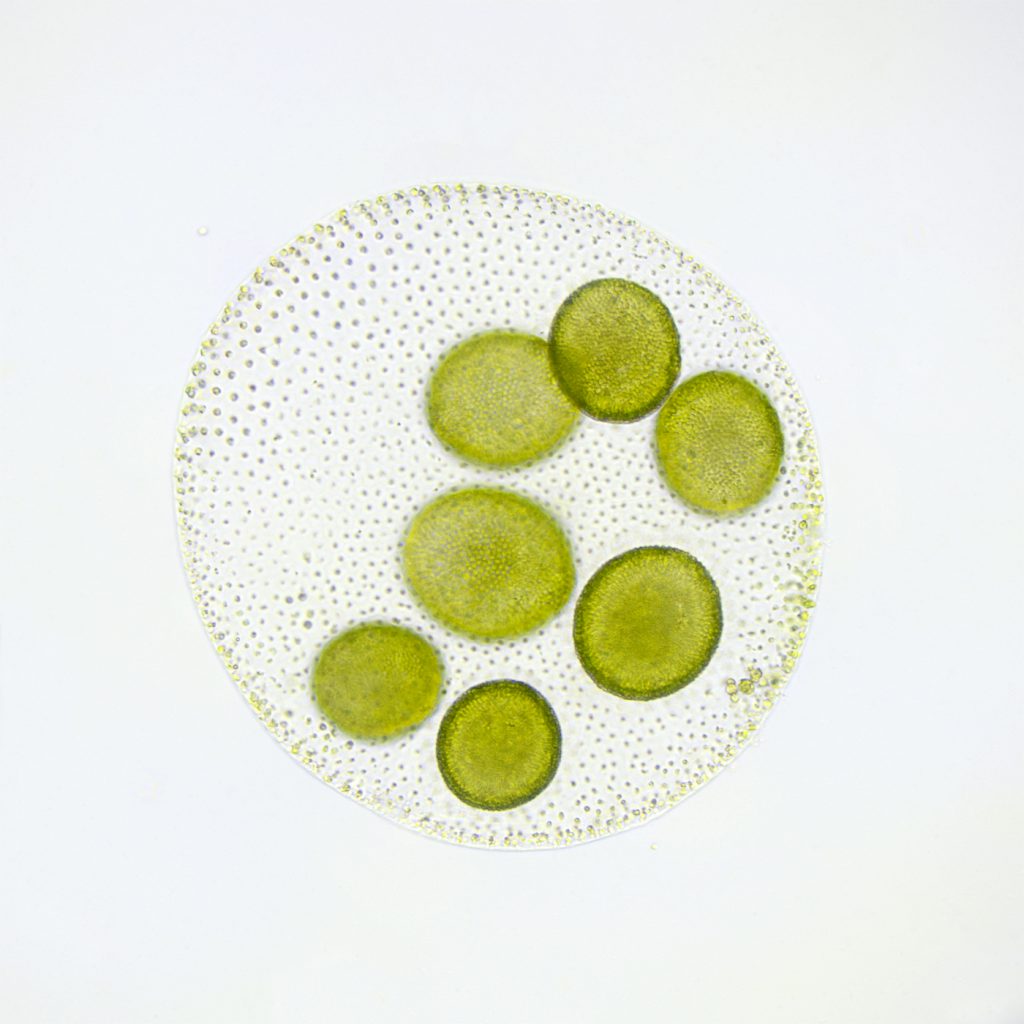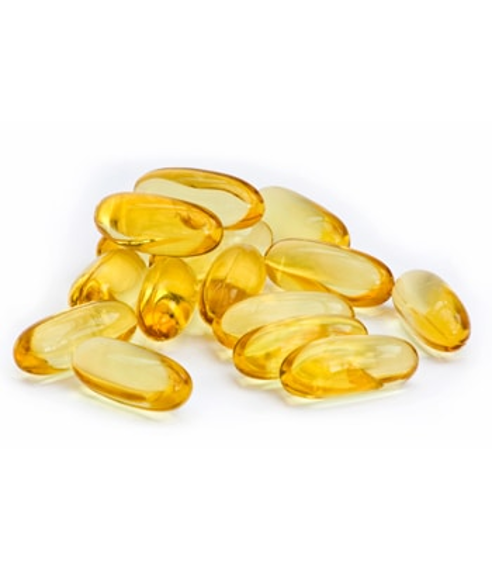Omega-3: Land and Sea
The distinction between aquatic and terrestrial sources of omega-3 has influenced human civilization over millennia, and continues to have significant implications for our health today.
First, a bit of chemistry to set the stage. Land-based sources of omega-3 are made of 18 carbon atoms laid end-to-end in a chain. Examples of plant sources loaded with this smaller length of omega-3s are flax, chia, and walnuts.
In contrast, the size of aquatic omega-3s are larger than the land-based versions: 20 carbons for EPA and 22 carbons for DHA.
Why The Distinctions Between Types of Omega-3 Matters
Our brains are largely made from lipid, and a significant percentage of that is omega-3. But the form of omega-3 in the brain is the longer marine type, DHA, not the shorter version found on land.
The easiest way to get the longer-chain omega-3s needed by the brain—as well as many other essential functions—is to consume them ready-made from ocean life.
Fish have highest concentration of these omega-3s, but they are mostly intermediaries, filtering and concentrating the true source of long-chain omega-3s, the lowly algae.
Marine algae, both the tiny versions like chlorella, as well as the more visible “macro algae” (seaweed) are the primordial source of the larger omega-3s. Although not a common food in most of the U.S. and Europe, seaweed is a staple in the diet of much of Asia. Seaweed is actually a rich source of a great many nutrients, but it stands out as a rare non-animal source of the prized longer-chain omega-3s.
Omega-3s and the Human Brain
And that’s where the the omega-3 story intersects with human evolution. A fascinating book entitled Nutrition and Evolution by Michael Crawford and David Marsh, describes how the growth and development of the human brain parallels the access of early man to marine sources of food, including both sea plants and fish. There is good evidence that the brain of early man expanded after exposure to the long-chain omega-3s found in coastal habitats.
However, there is another way for the body to get much-needed longer omega-3s—more of a DIY plan. Our bodies are capable of converting the shorter 18-carbon omega-3 found on land into the longer DHA and EPA needed by the brain and other organs. The problem is that humans don’t make the conversion very efficiently, so only a small amount of DHA and EPA are internally produced.
Nevertheless, the more “land-based” omega-3s are eaten from foods like flax, chia, and walnuts, the greater the production of DHA and EPA.
What Happens with Vegetarians and Vegans?
Predictably, vegetarians have lower levels of DHA and EPA than omnivores. And vegans have even lower levels as they completely avoid fish. What you might not expect, however, is that vegetarians and vegans, on average, don’t consume any more of the land-based omega-3s than omnivores. As such, they may not consume enough of the shorter-chain omega-3 to fuel the reaction that makes DHA and EPA.
Does this mean that vegetarians and vegans are necessarily “shortchanging” themselves? Absolutely not! A carefully chosen vegetarian and vegan diet is linked to a much lower rate of chronic disease than other dietary plans. But even the healthfulness of a vegetarian or vegan diet could likely be further enhanced by attention to consuming more omega-3s.
Practical Tips For Vegans and Non-Fish Eating Vegetarians:
- Load your diet with as many of the short-chain “land-based” omega-3s as you can—including flax, chia, and walnuts. These have their own health benefits, and will also fuel your body’s internal production of the long-chain “marine” forms needed for optimal health.
- Consider taking an omega-3 vegan supplement. These are made from algae and are now available in forms that contain both DHA and EPA.
- Consider adding seaweed (nori in Japanese) to your diet.
Practical Tip for Fish Eaters:
- Eat two or more servings per week of omega-3-rich, responsibly caught fish with lower mercury and toxin levels.
- Wild-caught salmon is one of the best choices. You can find others by checking the Environmental Working Group Consumer Guide to Seafood (see below).
References:
Aquatic Food and Implications for Human Development
Environmental Working Group Consumer Guide to Seafood
Interested in eating better for your own health?
Learn the essentials of good nutrition in our interactive, user-friendly nutrition learning program for the public.
Clinicians: Do you feel confident responding to patient questions about nutrition?
Take our award-winning condensed interactive nutrition CME—and learn what every clinician should know about nutrition.



